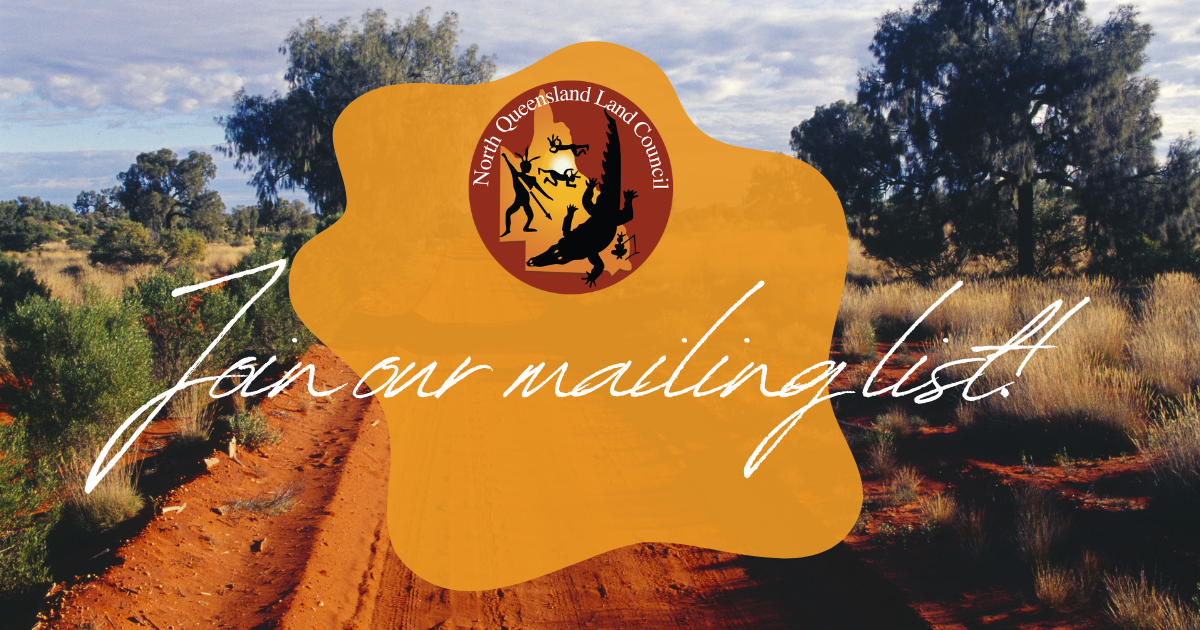Renewable Energy Boom
Many parts of North Queensland are currently undergoing a renewable energy boom. Renewable Energy, also called clean energy is energy that relies on renewable sources (for example, the wind, sun, and tides).
Examples of renewable energy projects are wind farms, solar farms and hydro-electricity. The reason that the Queensland government and many other people are so interested in renewable energy is that the world needs to transition away from sources of power (such as coal fired power plants) that are linked to climate change.
Renewable energy projects generate electricity that is fed back into the “grid” (a network of transmission and distribution infrastructure (like poles and wires)), which takes electricity to people and businesses all over the east coast of Australia.
Often renewable energy projects include a large battery. The large battery can store energy so that it can be used when people need it. For example, solar farms make more energy in the middle of the day. This energy can be stored for later in the day when people need it in the evenings when they come home from work.
Plans in Queensland
On 28 September 2022 the Queensland government released its Queensland Energy and Jobs Plan (https://www.epw.qld.gov.au/energyandjobsplan).
The plan includes:
- a new renewable energy target of 70% by 2032 rising to 80% by 2035. This means that the Queensland government wants 70% of Queensland’s power to come from renewable sources by 2032 and 80% of Queensland’s power to come from renewable sources by 2035;
- a Queensland SuperGrid – which is an upgraded system of storage and distribution infrastructure that connects solar, wind, battery and hydrogen projects across Queensland.
The plan also outlines the significant investment that will be made in renewable energy and indicates that about 95% of clean energy infrastructure investment is expected to be in regional Queensland.
Considerations for Traditional Owners
Renewable energy projects (wind farms, solar energy facilities and other projects) raise issues for traditional owners to consider under native title and cultural heritage legislation. There can be risks and opportunities associated with renewable energy projects. Laws and policies in Queensland provide some protections and opportunities to engage with project proponents and other parties to discuss how risks and protections will be managed and how opportunities might be agreed.
Traditional owners will often be asked to consent to one or more of the following to support a renewables project, and related infrastructure:
- a native title Indigenous land use agreement (or ILUA);
- a cultural heritage management agreement (CHMA) or cultural heritage management plan (CHMP).
Negotiating these agreements or plans is an important process. Some arrangements may cover the site of the renewable energy project itself. However, some arrangements may cover only the energy infrastructure, such as power poles and lines. In some circumstances, arrangements may cover both the renewable energy facility site (where the wind turbines or solar panels will be located) and the related energy infrastructure (transmission lines to take energy to ‘the grid’ or to other locations where it will be used).
There may be times when other works are needed to assist the construction of a renewable energy facility, for example upgraded river crossings or road widening (or strengthening). These works may also trigger cultural heritage or native title considerations, processes and requirements relevant to traditional owners.
North Queensland Land Council
There are different issues, risks and opportunities associated with each of these arrangements.
NQLC is continuing to work with traditional owners in our region to support you to make informed decisions about renewable energy projects and associated infrastructure on your country.
Julia (Jules) Taylor
Senior Legal Officer – Acting Manager
Engagement and Development Support Team








